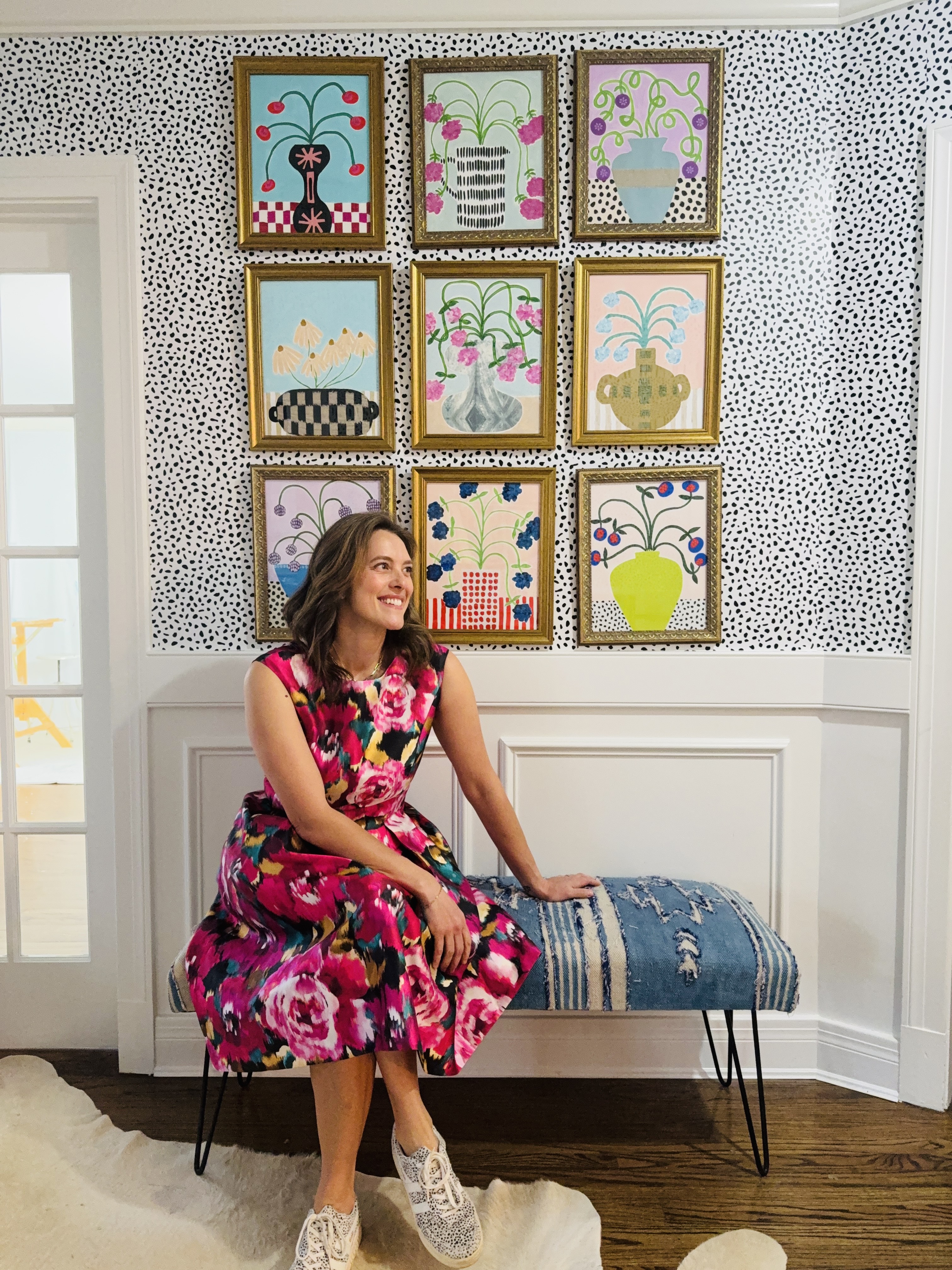
5 Common Art Purchase Mistakes and How I Avoid Them When Buying Art Online
Share
5 Common Art Purchase Mistakes and How I Avoid Them When Buying Art Online
I just purchased the most beautiful print from an artist last week and I cant wait to receive it! I have the frame picked out and its going in my new guest room and I couldn't be more excited. It made me think I should write about how to know what you're busying is legit when you cant see it in person.
Buying art online opens a world of creativity and inspiration right at your fingertips, but it's easy to stumble upon a few art purchase mistakes along the way. As an art enthusiast, you want to ensure that each piece you select truly resonates with your personal style and complements your space beautifully. Whether you're a seasoned collector or a first-time buyer, understanding how to buy art online can save you from pitfalls and lead to a more fulfilling purchase. This online art buying guide will share valuable art buying tips, offering insights into common errors and how I sidestep them to find the perfect artwork every time. Get ready to transform your living space with art that tells a story and sparks joy!
Recognizing Art Purchase Mistakes

When buying art online, it's crucial to be aware of potential pitfalls that can lead to regret. Some common art purchase mistakes can be easily avoided with a bit of attention and knowledge. Let's explore a few errors that buyers often make when purchasing artwork online.
Misjudging Authenticity
One of the most common mistakes in buying art is misjudging the authenticity of a piece. Authenticity is essential because it affects both the value and the emotional connection to the artwork. Verifying authenticity requires careful examination of the artwork's provenance and any accompanying documentation.
To avoid this mistake, consider the following steps:
-
Request Documentation: Always ask for a certificate of authenticity or provenance records.
-
Consult Experts: If in doubt, seek advice from art appraisers or gallery professionals.
-
Research Signatures: Compare signatures and styles with known works of the artist.
Additionally, online platforms often provide authenticity guarantees. Make sure to read these terms before making a purchase. By doing so, you'll gain peace of mind and ensure that your investment is sound.
Ignoring Seller Reputation
Another common mistake is ignoring the seller's reputation. Seller reputation can significantly impact your art buying experience. A reputable seller is more likely to offer authentic works and provide reliable customer service.
To gauge a seller's reputation:
-
Read Reviews: Look for customer reviews on the seller's website and third-party platforms.
-
Check Credentials: Verify if the seller is affiliated with respected art organizations.
-
Contact Previous Buyers: If possible, reach out to previous customers for their insights.
Ignoring these factors can lead to unpleasant surprises. By prioritizing seller reputation, you increase the likelihood of a successful and satisfying online art purchase.
Online Art Buying Guide

Navigating the world of online art purchases can be daunting. This guide provides essential strategies for ensuring that your art buying experience is rewarding and enjoyable. Knowing how to research and understand art details plays a crucial role.
Researching the Artist
Researching the artist is a vital step before buying art. Understanding an artist's background and portfolio can offer insights into the artwork's significance and potential value.
Start by exploring the following:
-
Biographies: Read about the artist's career, exhibitions, and accolades.
-
Previous Works: Examine other artworks by the artist to understand their style and progression.
-
Interviews and Articles: Look for published interviews or articles to gain a deeper perspective.
This research helps you appreciate the artwork's context and authenticity. It also aids in making an informed decision, ensuring the piece holds both personal and financial value.
Understanding Art Descriptions
Art descriptions provide critical information that can guide your purchase decision. These descriptions often include details about the medium, dimensions, and the inspiration behind the piece.
Key elements to focus on:
-
Medium and Technique: Know the materials used, as they influence durability and care.
-
Dimensions: Ensure the size fits your intended space.
-
Narrative: Understand the story or concept behind the art, enhancing its emotional connection.
By paying attention to these details, you not only avoid surprises but also deepen your appreciation for the art. This understanding can transform a simple purchase into a meaningful acquisition.
Art Buying Tips for Success

Success in buying art involves more than just avoiding mistakes; it requires proactive planning. These tips will help ensure your online art purchase is both enjoyable and rewarding.
Setting a Clear Budget
Establishing a budget is one of the most crucial steps in buying art. A clear budget helps you narrow down options and avoid overspending.
Here's how to set an effective budget:
-
Determine Your Limits: Decide on a maximum amount you’re willing to spend.
-
Prioritize Needs and Wants: Distinguish between essential qualities and additional features.
-
Account for Extras: Consider additional costs such as shipping, insurance, and framing.
By setting a budget, you can make informed choices and enjoy your art purchase without financial stress.
